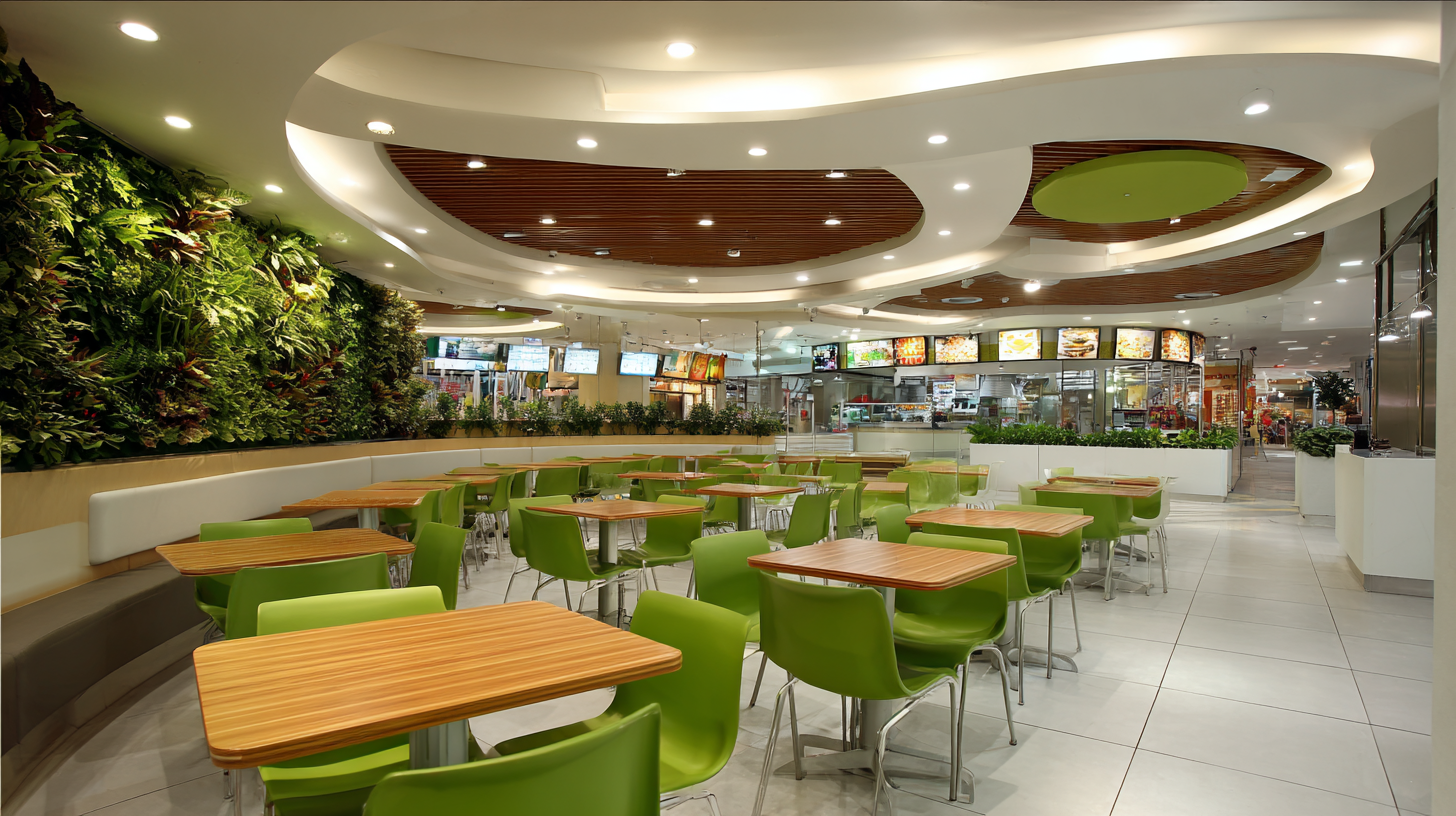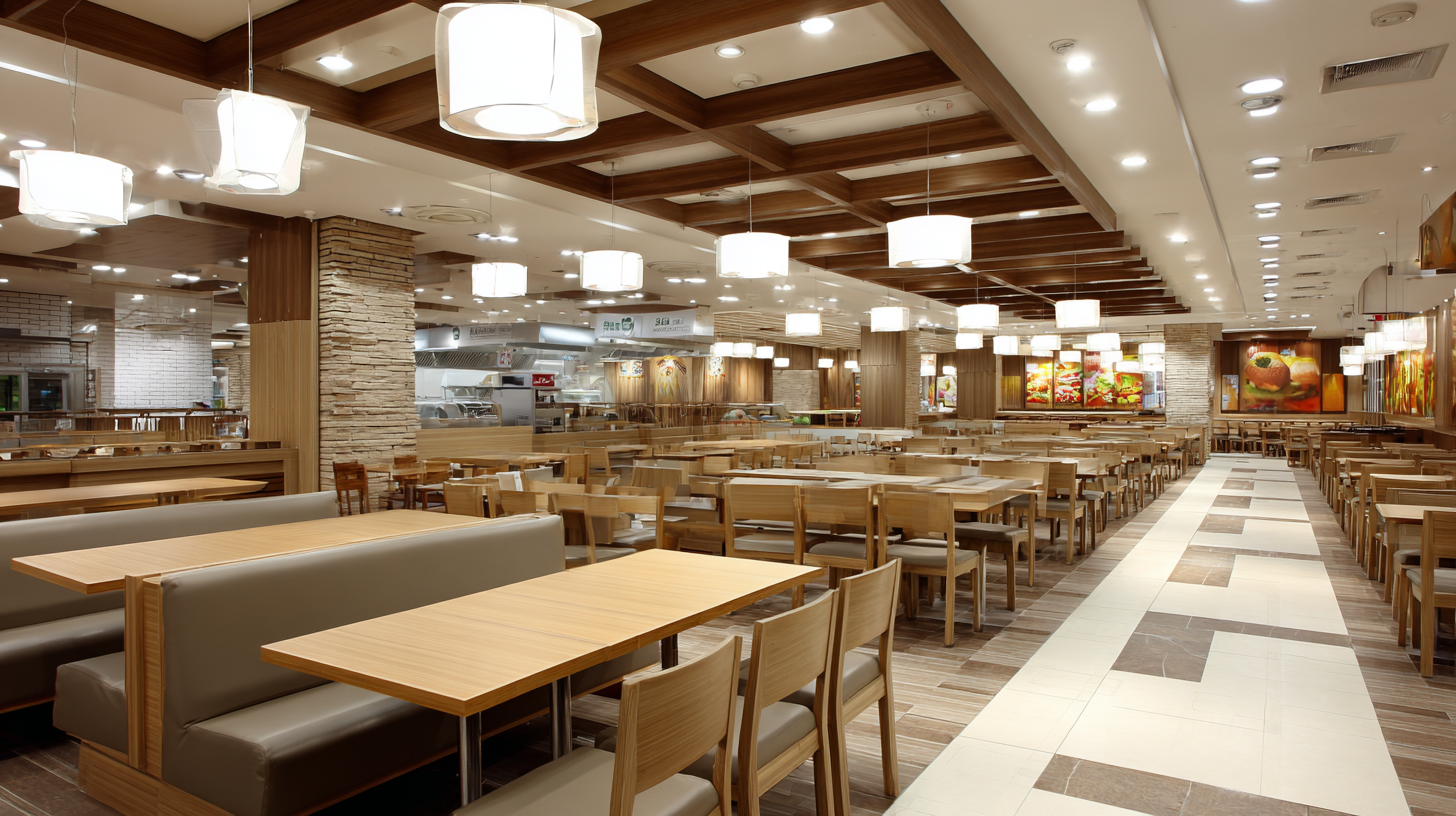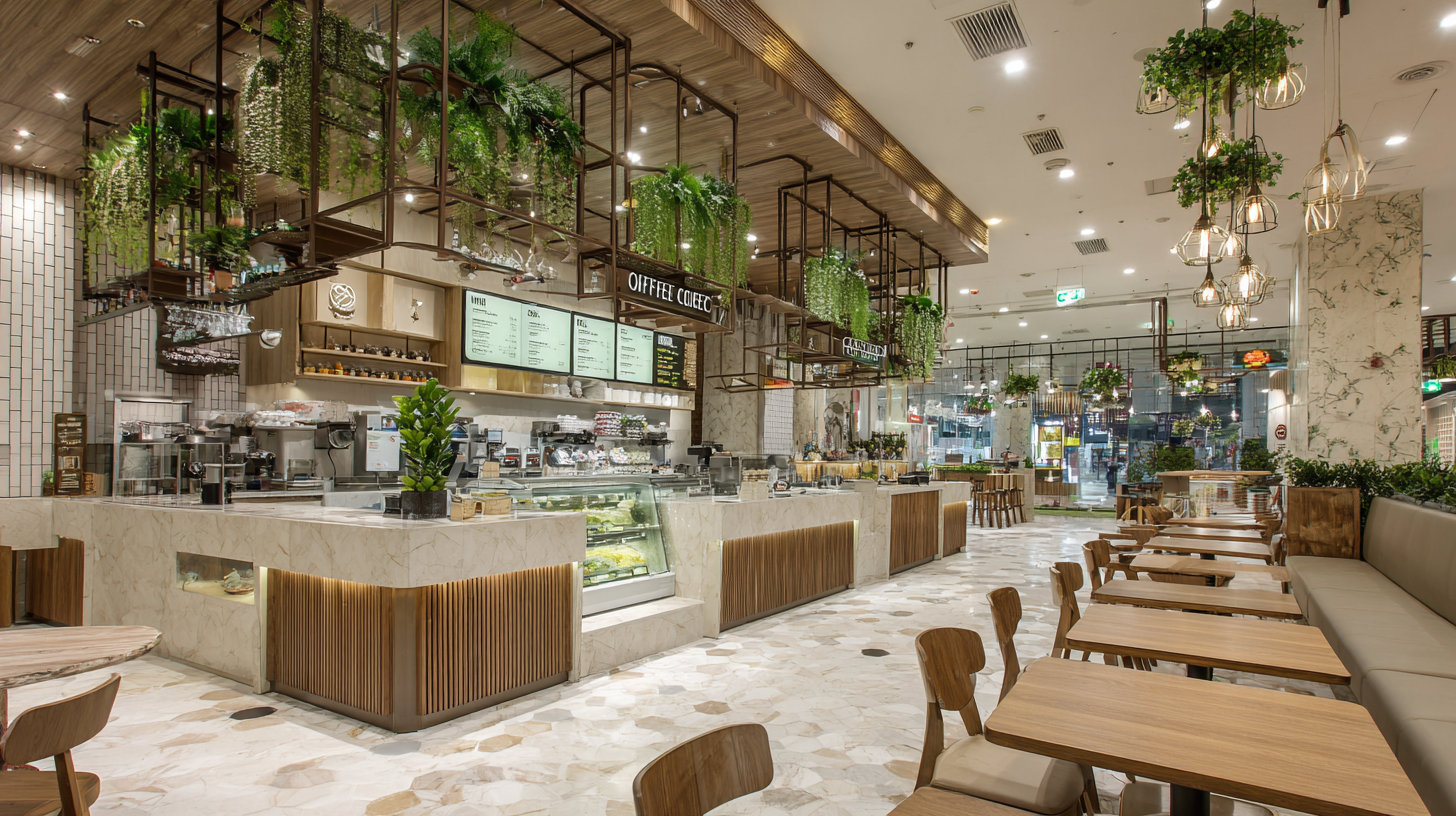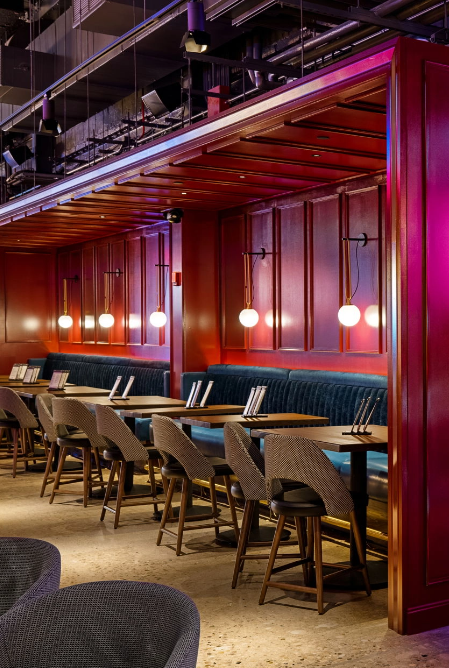In the rapidly evolving world of the food service industry, the significance of high-quality Food Court Furniture cannot be understated. According to a report by ResearchAndMarkets, the global food court furniture market is projected to grow at a CAGR of 5.1% from 2021 to 2026, driven by the increasing proliferation of food courts in shopping malls and marketplaces. This surge in demand highlights the necessity for durable and aesthetically pleasing furniture that enhances consumer experiences while maintaining operational efficiency. However, industry standards in manufacturing often present challenges, including inconsistencies in quality and design. As global leaders in food court furniture manufacturing emerge from China, it is essential to address these issues to ensure that the evolving needs of both consumers and businesses are met effectively, establishing a benchmark for unmatched quality in the sector.

The landscape of food court furniture manufacturing has witnessed a remarkable transformation, driven primarily by the innovative spirit of Chinese manufacturers. In recent years, these companies have emerged as global leaders, not just in production capacity but also in product design and material quality. With a keen focus on ergonomic designs and space optimization, Chinese manufacturers are redefining what dining spaces can look like. They utilize advanced manufacturing techniques, enabling them to produce furniture that is both aesthetically pleasing and durable, catering to the varied tastes and needs of food court operators worldwide.
Moreover, the rise of technology has significantly contributed to this trend. Smart manufacturing and automation in factories have enhanced efficiency and reduced lead times, allowing for custom solutions tailored to specific client requirements. By continuously incorporating feedback from global clients, these manufacturers are able to innovate their offerings, introducing trends like modular seating arrangements and environmentally sustainable materials. As food courts evolve to provide a more engaging dining experience, Chinese manufacturers are at the forefront, setting new standards for quality and innovation in furniture design.
In the highly competitive arena of food court furniture manufacturing, uncompromising quality standards are not just a requirement but a cornerstone of success. With the global market for food court furniture projected to grow by 6% annually, according to a recent industry report by Statista, manufacturers in China have become leaders by adhering to rigorous production processes. This commitment to quality ensures that every piece of furniture is not only aesthetically appealing but also meets safety and durability benchmarks essential for high-traffic environments.
One critical aspect of maintaining these quality standards involves adopting advanced manufacturing techniques. A study by the International Furniture and Furnishings Association emphasizes the importance of using eco-friendly materials and innovative designs, which contributes to both sustainability and customer satisfaction. Manufacturers who invest in modern technologies can significantly reduce production defects, ultimately minimizing waste and enhancing efficiency.
**Tips:** To ensure your food court furniture remains durable, consider opting for materials like high-pressure laminates or galvanized steel. Additionally, establishing regular quality control checks during different production phases can help you catch any issues early on, maintaining the high standards your brand promises. Lastly, actively seeking customer feedback post-installation can provide valuable insights into maintenance and improvement.

As global leaders in food court furniture manufacturing, renowned Chinese brands are not only focused on quality but also on sustainability practices that redefine industry standards. With a growing awareness of environmental issues, these manufacturers are adopting eco-friendly materials and innovative production methods to minimize their carbon footprint. By utilizing sustainable wood, recycled plastics, and non-toxic finishes, they ensure that their products are safe for consumers and the planet alike.

Moreover, leading furniture brands are implementing environmentally responsible processes throughout their supply chains. From sourcing raw materials to the manufacturing stage, many companies are embracing circular economy principles. This involves designing furniture that can be easily repurposed or recycled at the end of its lifecycle. Additionally, energy-efficient production techniques reduce waste and conserve resources, allowing these brands to maintain unmatched quality while also being stewards of the environment. As a result, consumers are increasingly drawn to these sustainable options, recognizing the value of investing in furniture that not only enhances their spaces but also supports a healthier planet.
As the global leaders in food court furniture manufacturing, the trends shaping the future of design are increasingly influenced by major events such as Milan Design Week. In 2025, we are witnessing a fascinating interplay between functionality and aesthetics, with emerging trends focusing on sustainable materials, modular designs, and innovative uses of space. Notably, the contract furniture market is projected to reach USD 167.7 billion by 2025, indicating a growing demand for versatile and stylish solutions that cater to diverse consumer needs.
During Milan Design Week, key themes such as biomorphic shapes and eco-friendly designs are gaining traction, reflecting a shift towards sustainability. Designers are now emphasizing natural materials and textural components that not only enhance the visual appeal of food courts but also foster a welcoming atmosphere. Additionally, advancements in technology are facilitating the creation of AI-designed objects that seamlessly integrate into modern food court settings. This evolution highlights the need for furniture that not only meets functional requirements but also resonates with a new generation of environmentally conscious consumers. As we move forward, the future of food court furniture design will undoubtedly be defined by these impactful trends.
The food court furniture industry has witnessed significant transformations in global distribution networks, enabling manufacturers from China to reach markets beyond its borders. According to a recent report by Allied Market Research, the global market for food court furniture is projected to grow at a CAGR of 5.2% from 2021 to 2028. This surge is largely driven by the expansion of foodservice establishments and a growing emphasis on creating inviting dining environments. Chinese manufacturers have strategically leveraged their production capabilities, ensuring unmatched quality while maintaining competitive pricing.
Furthermore, the expansion of global logistics networks has made it easier for Chinese furniture makers to tap into international markets. The report highlights that e-commerce platforms and enhanced shipping services have played pivotal roles in this transition. In 2022, around 70% of food court furniture sourced from China was exported to North America and Europe, illustrating how these distribution channels are facilitating broader accessibility for customers worldwide. As a result, the traditional concept of local sourcing has evolved, allowing businesses to explore diverse product offerings while enjoying the benefits of efficient supply chains.
| Region | Market Share (%) | Annual Revenue (Million USD) | Number of Global Distributors | Quality Certification |
|---|---|---|---|---|
| Asia | 35 | 150 | 120 | ISO 9001 |
| North America | 25 | 200 | 75 | BIFMA |
| Europe | 20 | 175 | 90 | CE |
| South America | 10 | 50 | 40 | ISO 14001 |
| Africa | 5 | 30 | 20 | None |
©2024 Pine Vista LLC, DBA Design Manufacturing Group. All Rights Reserved.



©2024 Pine Vista LLC, DBA Design Manufacturing Group. All Rights Reserved.
